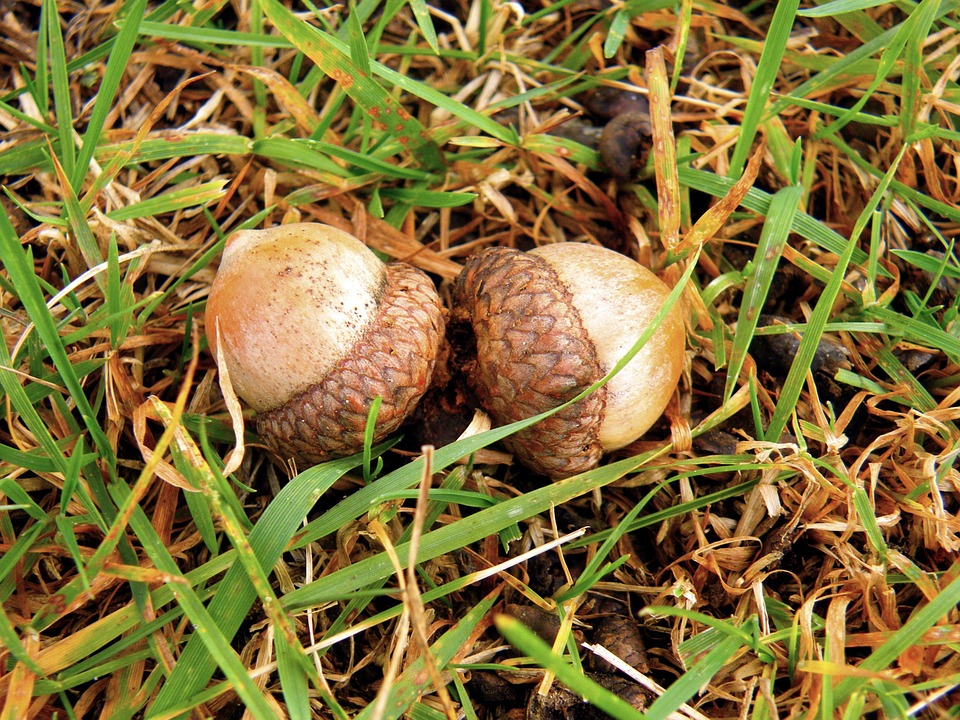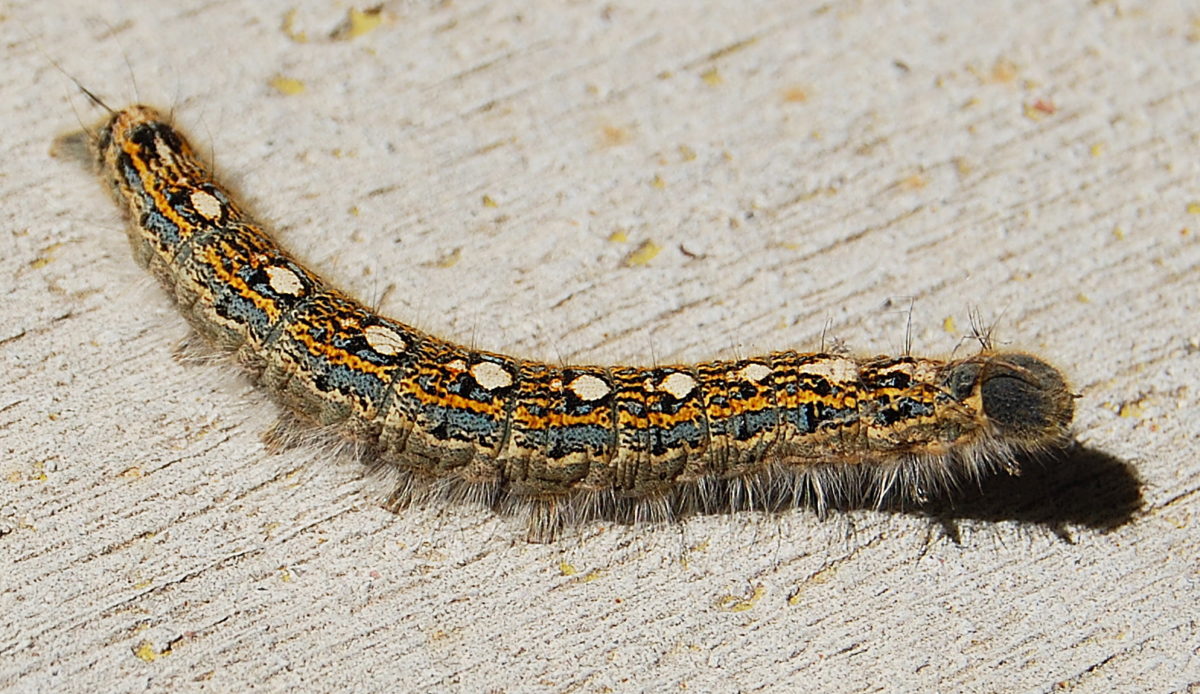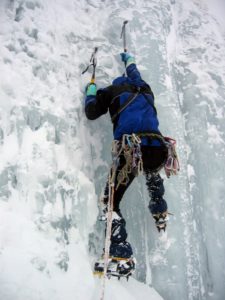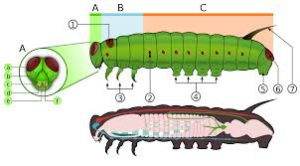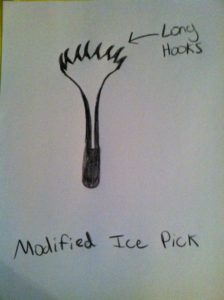Problem:
Acorns from Oak trees contain Tannic Acid which can make acorns toxic to humans.
Biomimicry Idea:
Mimic a squirrel. Squirrels are able to eat acorns because they put acorns through a process of leaching. This process pulls out the toxic Tannic Acid from the acorn.
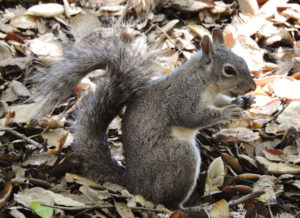
What is leaching?
Using resources to remove toxins from the acorns.
How are squirrels able to do this?
Squirrels will bury their acorns in the ground for a period of time so that the moisture from the soil will absorb the toxins from the acorn.
Humans and Acorns.
Acorns can be toxic if not treated before they are eaten. The treatment process, called leaching was mastered by the Chinook Tribe of the area. To make the acorns edible, the members of the tribe dug holes and lined them with Douglas Fir needles. They placed the acorn in the holes. These acorns were then leached by being exposed to the fresh water that flowed through the aquifers under Sauvie Island. The water would rush over the acorns many times and eventually cause enough leaching to make the acorns edible.
Humans and Acorns
Acorns can be toxic if not treated before they are eaten. The treatment process, called leaching was historically mastered by the Chinookan speaking people of the area. To make the acorns edible, holes were dug and lined with Douglas Fir branches. Acorns are then placed in the holes. These acorns are left for an extended period of time during which the tannic acid in them is leached by being exposed to the fresh water aquifers that flow off of Sauvie Island into the nearby river. The water rushes over the acorns many times and eventually leaches the tannic out of the acorns enough to make them edible.
How have acorns been collected in the past?
To collect acorns, Chinookan speaking people historically burned the grass around the base of the oak trees. This destroyed any bug-ridden acorns (these fell first from the tree earlier than the other acorns) and the grasses around the tree. This method was used to make collection easier. Without the fire, the acorns were hard to see in the tall grasses. After the fire there was a ring of white ash below the tree. It was easy to see the acorns in the ash. After collection, the acorns would be put through the process of leaching. A known site in the area where acorns were once processed is called “Sunken Village”. The name was given to this site before it was known that it was never a village, but an acorn processing site.
Source: Shawash Kakwe Presentation by David Harrelson, Tribal Historic Preservation Officer of the Confederated Tribes of Grand Rhond
How burning helped the area.
Controlled burning was not only used to make acorn collection easier, but also to control the plant life in the area. Oak trees need a lot of space to be able to grow to a significant size. To let these trees have the space they needed, tribal people historically burned the area to make sure other trees were not able to grow and therefore compete with each other. The larger oak trees were not bothered by the burning because their bark is resistant to fire. When you are walking in an area and see a large and ancient lone oak tree, know that is was probably made possible by the tribal people that once lived in the area.
Source: Shawash Kakwe Presentation by David Harrelson, Tribal Historic Preservation Officer of the Confederated Tribes of Grand Rhond
